Spring Lake Chiropractic Services
Contact Us
Pulver Chiropractic
17204 Van Wagoner Rd.
Spring Lake, MI 49456
Phone: (616) 604-0744
Text “drpulver” to activate
Receive health tips, details on wellness events and office information via email. We will never sell or share your information to third parties and you can unsubscribe at any time
Pulver Chiropractic in Spring Lake, MI
Website Disclaimer
The contents of this website including text, graphics, images, and other materials are provided for informational purposes only and is not intended to be a substitute for professional health advice, diagnosis, or treatment.

The Healthy Habits You Can’t Live Without: Food as Medicine
The first defense against illness is your immune system. Keep these super foods handy to help your body fight the winter germs!
The Healthy Habits You Can’t Live Without
We mentioned it last week…75% of Americans are chronically dehydrated. What happens when you’re chronically dehydrated?
…just to name a few.
Develop a new healthy habit and aim to drink 75 ounces of water per day or half your body weight in ounces.
You will feel great!
3 Things You Should Do Right Now